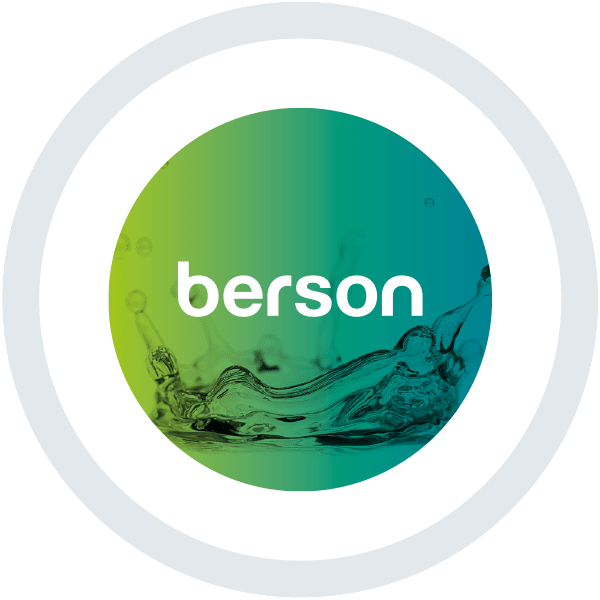Montag, Januar 6th, 2020

By Saumya Garg The past 50 years have seen vast changes in the way water has been recycled into our streams, creeks, rivers, estuaries, oceans and lakes. Wastewater treatment has been an essential requirement to maintain the safety and health of not only the environment, but also of the human population. As a result, every
Montag, Dezember 16th, 2019

By Saumya Garg (Part 1 of this blog discussed Legionella outbreaks and the regulatory environment around the bacteria. In Part 2, we will look at some of the control and prevention tactics utilized by building water management personnel.) To avoid Legionella contamination, the four primary objectives of any building water management personnel are to: Maintain
Dienstag, Dezember 3rd, 2019

By Saumya Garg The past few weeks have seen a sudden surge in cases reporting the presence of Legionella bacteria in a variety of water sources, from hot tubs to cooling towers, spread across the country. The cooling towers at the McGuire Veterans Affairs Medical Center in South Richmond, VA tested positive for Legionella bacteria.
Dienstag, Oktober 29th, 2019

All of us are familiar with the “chlorine” smell of a swimming pool. In reality, it is not the chlorine but the chloramine that we smell in the pool air. When free chlorine from the pool water combines with ammonia present in the sweat and other bodily fluids of swimmers, chloramines are formed. Often an
Donnerstag, Oktober 10th, 2019

It is estimated that globally close to 85 million people visit a water park annually. According to Statista, as of 2019, there are about 1,158 water parks in the United States alone, of which 817 are Outdoor parks, 155 are indoor resorts, 111 are stand-alone indoor water parks and the remaining 75 are resorts with
Donnerstag, Oktober 3rd, 2019

By Saumya Garg Spread over a period of about a year and a half, from January 2017 to July 2018, South Africa saw the deaths of 216 people and the hospitalization of over 800 people. The cause: Listeriosis caused by the bacteria Listeria monocytogenes. Listeriosis is a rare, yet serious food borne illness with a
Donnerstag, August 15th, 2019

One of the common places where Legionella can grow and multiply is within hot water systems such as domestic hot water heaters, commercial hot water storage tanks, etc. While hot water environments are typically unfavorable for most organisms, Legionella grows best within a temperature range of 77F-108F. Outside of that range, Legionella can survive in
Mittwoch, Juni 19th, 2019

One of the most common but misunderstood applications for UV disinfection is for treating sugar syrups such as liquid sucrose. Sucrose is quite common in the beverage industry for use in flavored waters, carbonated beverages, teas, etc. While beverages made with sucrose syrups have some perceived consumer benefits compared to HFCS syrups, it is more
Mittwoch, Mai 22nd, 2019

By: Brian Grochowski On a recent CBS News interview, Andrew Wheeler, Administrator of the United States Environmental Protection Agency (USEPA), stated that he believed “water issues are the largest and most immediate environmental and public health issue affecting the world right now. By water issues, I mean primarily clean and safe drinking water, marine litter
Montag, Februar 18th, 2019

Within an aquatic facility, a UV disinfection system is traditionally installed as a stand-alone device. Its presence usually goes unnoticed as it treats countless gallons of water every day, ensuring chloramines are destroyed and water borne pathogens are inactivated. It also pays little attention to the other equipment surrounding it, that is until recently. Now,



















